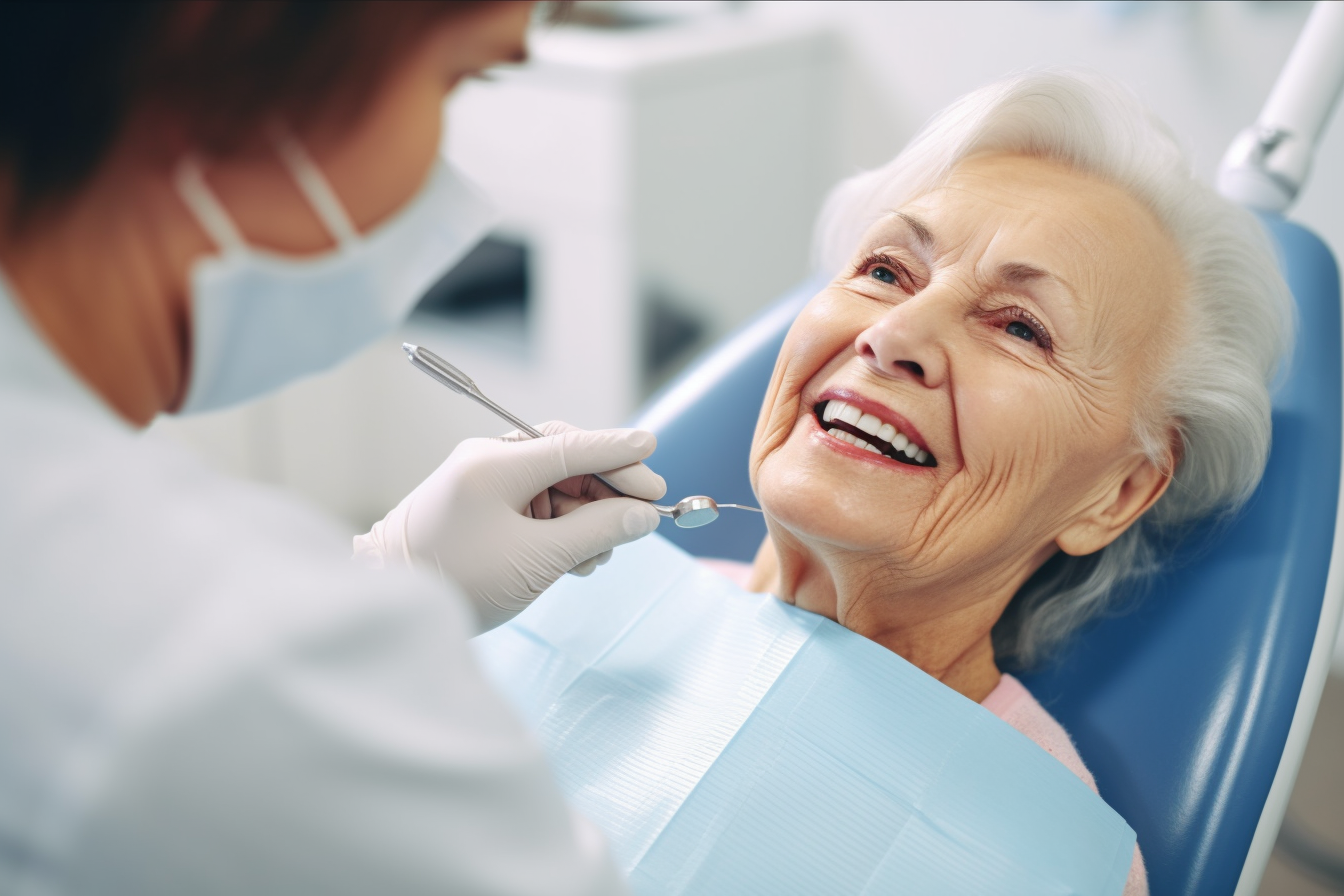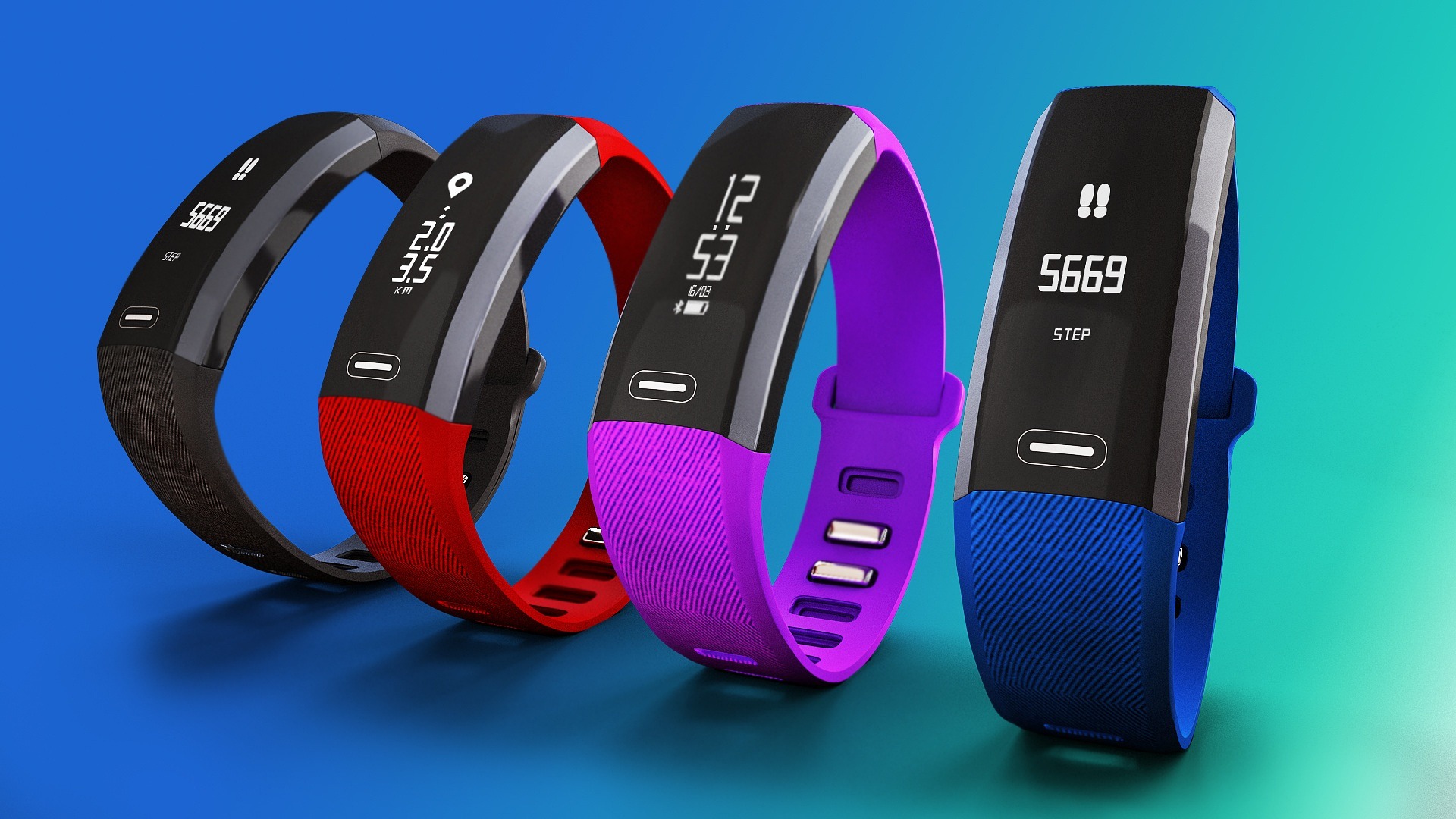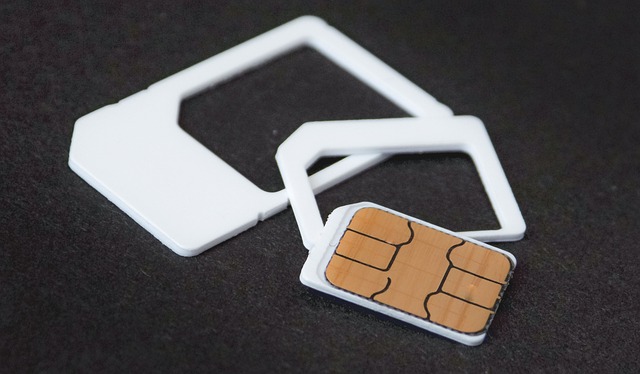Why Are Seniors Opting for Screwless Dental Implants In 2025?
The landscape of dental restoration has evolved significantly, with screwless dental implants emerging as a preferred choice among seniors. These innovative solutions offer enhanced comfort, reduced recovery time, and improved stability compared to traditional implant methods. As the aging population seeks more comfortable and efficient dental treatments, understanding the appeal and benefits of screwless implants becomes increasingly important for making informed healthcare decisions.

As dental technology advances, seniors are increasingly turning to screwless dental implants as their preferred tooth replacement solution. This shift represents a significant change in how older adults approach dental restoration, driven by improved comfort, faster healing times, and enhanced overall outcomes. The growing popularity of these innovative implants reflects broader trends in healthcare toward less invasive procedures that prioritize patient comfort and quality of life.
What Are Screwless Dental Implants And Its Process
Screwless dental implants represent a revolutionary approach to tooth replacement that eliminates the need for traditional screw-based anchoring systems. Instead of using threaded screws that must be twisted into the jawbone, these implants utilize alternative attachment methods such as press-fit designs, adhesive bonding, or specialized locking mechanisms. The process typically involves creating a precisely measured socket in the jawbone where the implant is inserted using controlled pressure rather than rotational force.
The installation procedure begins with detailed imaging and planning, followed by the creation of a custom-fitted implant that matches the patient’s bone density and jaw structure. During placement, the implant is positioned using specialized instruments that apply direct pressure, allowing for immediate stability without the trauma associated with drilling and screwing. This method often results in less bone displacement and reduced post-operative discomfort.
What Makes Screwless Dental Implants Popular Among Seniors
Several factors contribute to the growing preference for screwless implants among older adults. The reduced surgical trauma associated with these implants means less swelling, bruising, and post-operative pain, which is particularly beneficial for seniors who may have slower healing processes or underlying health conditions. The simplified placement procedure also typically requires shorter appointment times, reducing stress and fatigue for elderly patients.
The stability offered by screwless implants often surpasses traditional methods, as the press-fit or bonding mechanisms distribute forces more evenly across the implant-bone interface. This enhanced stability translates to improved confidence when eating, speaking, and engaging in daily activities. Additionally, the reduced risk of implant loosening over time addresses a common concern among seniors who want long-term solutions that won’t require frequent adjustments or replacements.
Benefits For Seniors Considering Screwless Dental Implants
Seniors experience numerous advantages when choosing screwless dental implants over conventional alternatives. The minimally invasive nature of the procedure means faster recovery times, allowing older adults to return to normal activities more quickly. This is particularly important for seniors who may have limited mobility or rely on others for care during recovery periods.
The improved biocompatibility of many screwless implant systems reduces the risk of rejection or complications, which is crucial for seniors who may have compromised immune systems or take medications that affect healing. The enhanced comfort during and after the procedure also addresses common concerns about dental anxiety, which affects many older adults who may have had negative experiences with traditional dental procedures.
From a maintenance perspective, screwless implants often require less frequent follow-up appointments and adjustments, making them more convenient for seniors with transportation limitations or busy caregiving schedules. The durability and longevity of these implants also provide peace of mind for older adults who want solutions that will last throughout their remaining years.
| Provider | Implant Type | Cost Estimation |
|---|---|---|
| Straumann | Roxolid Press-Fit | $3,000 - $4,500 |
| Nobel Biocare | All-on-4 Screwless | $15,000 - $25,000 |
| Zimmer Biomet | Adhesive Bond System | $2,800 - $4,200 |
| Dentsply Sirona | Press-Fit Ceramic | $3,200 - $4,800 |
Prices, rates, or cost estimates mentioned in this article are based on the latest available information but may change over time. Independent research is advised before making financial decisions.
Considerations for Senior Patients
While screwless dental implants offer numerous benefits, seniors should carefully evaluate their individual circumstances before making a decision. Factors such as bone density, overall health status, and existing medical conditions can influence the success rate and suitability of different implant types. A thorough evaluation by a qualified dental professional is essential to determine the most appropriate treatment approach.
Seniors should also consider their long-term care needs and lifestyle factors when choosing between implant options. The ability to maintain proper oral hygiene, attend follow-up appointments, and manage any potential complications should all factor into the decision-making process. Additionally, understanding insurance coverage and payment options can help seniors make financially responsible choices that align with their healthcare budgets.
The growing adoption of screwless dental implants among seniors reflects a broader trend toward patient-centered care that prioritizes comfort, convenience, and quality outcomes. As this technology continues to evolve and become more widely available, it represents a promising option for older adults seeking effective tooth replacement solutions that support their overall well-being and quality of life.
This article is for informational purposes only and should not be considered medical advice. Please consult a qualified healthcare professional for personalized guidance and treatment.




